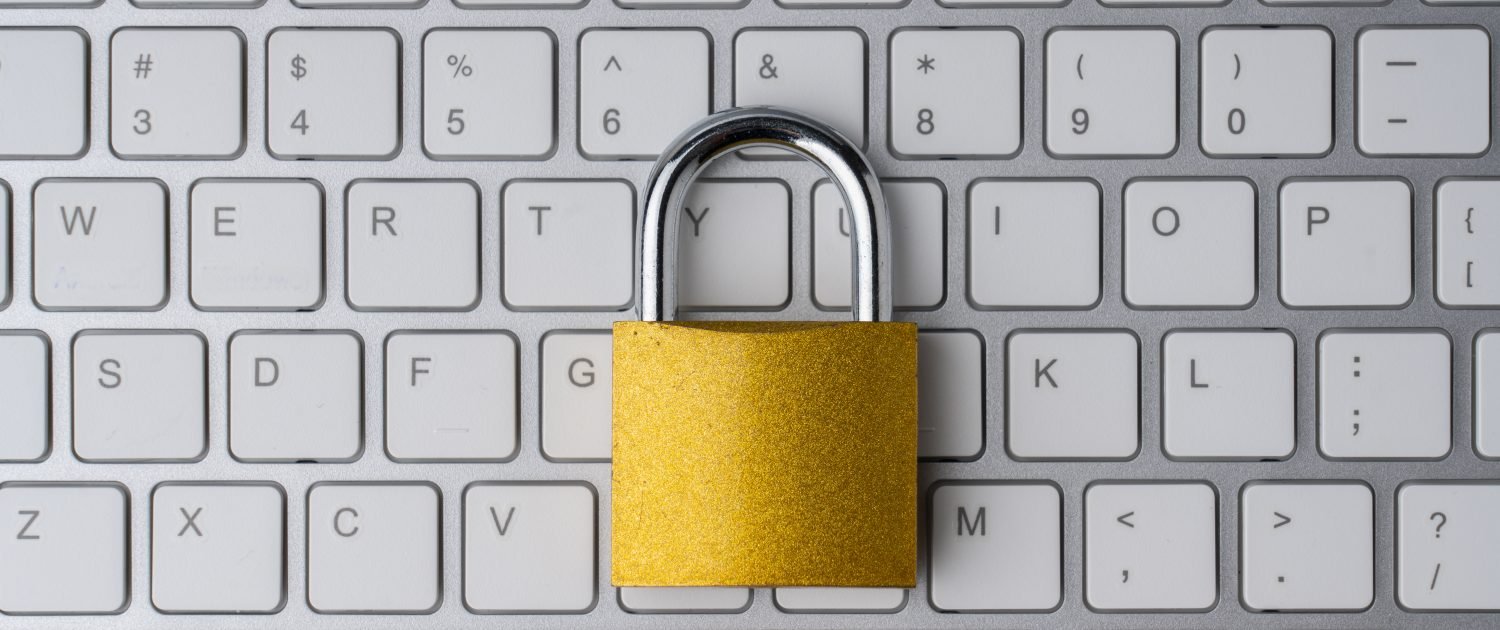It’s Time To Checklist Your Remote Best Practice While Working From Home
Remote work may have been a dream for many prior to 2020, but it has become a harsh reality for plenty of companies and employees across the world as a result of the Covid-19 pandemic. With it came several lockdowns, which meant people were advised to work from home if they could. This was a welcome thought for many people, but the right approach to remote working is an issue that many didn’t take seriously at first. Some businesses still don’t know how to effectively function with remote working.

Best practice remote work
One key issue to think about when transitioning to remote work is the security of your company. Security during working from home is absolutely essential, but luckily there are some best practices to employ to ensure that your business and your employees stay safe when working from home.
- Ensure employees are using strong passwords
Using strong passwords is the first step to making sure your data is safe when you are working from home or transitioning to a remote working system. With shared homes and networks, the first thing to do to ensure your data is never compromised is to make sure your employees all use strong, undecipherable passwords. This means no family names, birthdays or pet names, and instead combinations of words, phrases, numbers and symbols should be used to make it as difficult as possible for a hacker to crack. This is the first step towards boosting your overall network security.
- Limit access to valuable data
Ensuring all of your company’s important data is kept on company devices is vital if you want to be able to control who sees it. Don’t allow your employees to gain access to the most important data about your company, and instead keep it onsite where you can. Minimizing the amount of data that someone could gain access to if they managed to breach one of your employees’ PCs is the best way to minimize the possible damage caused.
- Use secure network connections
People should always use secure network connections when accessing the internet, but this is even more important when working from home. Using Wi-Fi is desirable, as mobile connections are not just intermittent but also less secure.
Ideally, you should try and set up a remote working virtual private network (VPN) for your employees. If you can get them set up on a network that you can keep tabs on, you can be sure that everything is secure.
- Give your employees security awareness training
If you know you are going to be transitioning to a remote working arrangement, then you could give your staff in-person security awareness training. However, if you can’t use a live training session, make use of systems like Zoom and other remote working software to ensure your employees are able to cope with the security responsibilities that working from home brings. If you already use training software, then you can simply add in more courses about cybersecurity to make sure your employees are up to date.

- Keep your software up to date
However, your employees are not the only ones that need to be up to date. Your computers and other devices also need to be regularly updated in order to meet your security requirements. This could be a simple software update for the operating system your computers use, or it could be a hardware update if you need to change which devices your team is using.
- Plan for cybersecurity breaches
Having contingency plans in place is vital in all areas of business, especially cybersecurity. Make sure you have a plan in place for if there is a breach, from software like antimalware and data encryption procedures, to the actions your staff should take if a breach does occur. Ensure your staff are well aware of the right policies and processes to follow if there is a data breach.
- Log out of machines when not in use
The final way to ensure security during working from home transitions is to make sure that everyone logs out of devices when they’re not using them. This is a simple way to ensure nobody can gain access to your employee’s computer or see anything on their screen while they are away. It can just be a case of closing the laptop lid and requiring a password to get back in, but this simple measure can ensure your data doesn’t get into the wrong hands.
Follow these best practices for remote working to ensure your business’ network security is always intact, and make sure to keep your employees up to date with your data protection policies as well. This way, you can be sure your business – and its data – is safe! Contact us for more info
Ask our team members any question that you have about your computers, servers, networks, mobile devices-anything IT.


